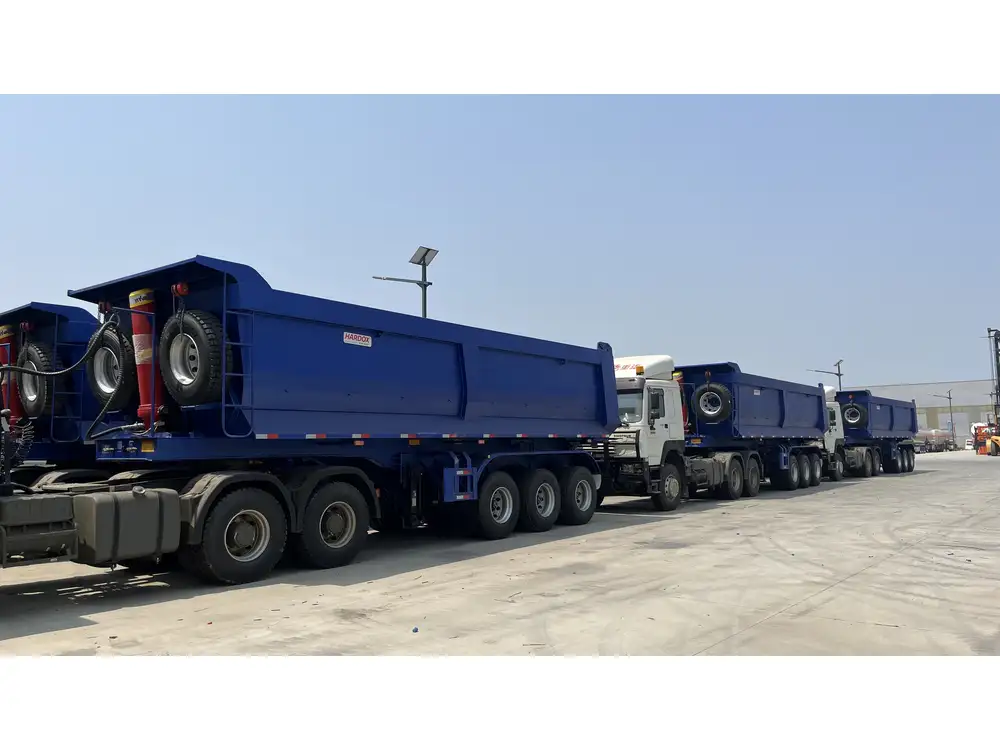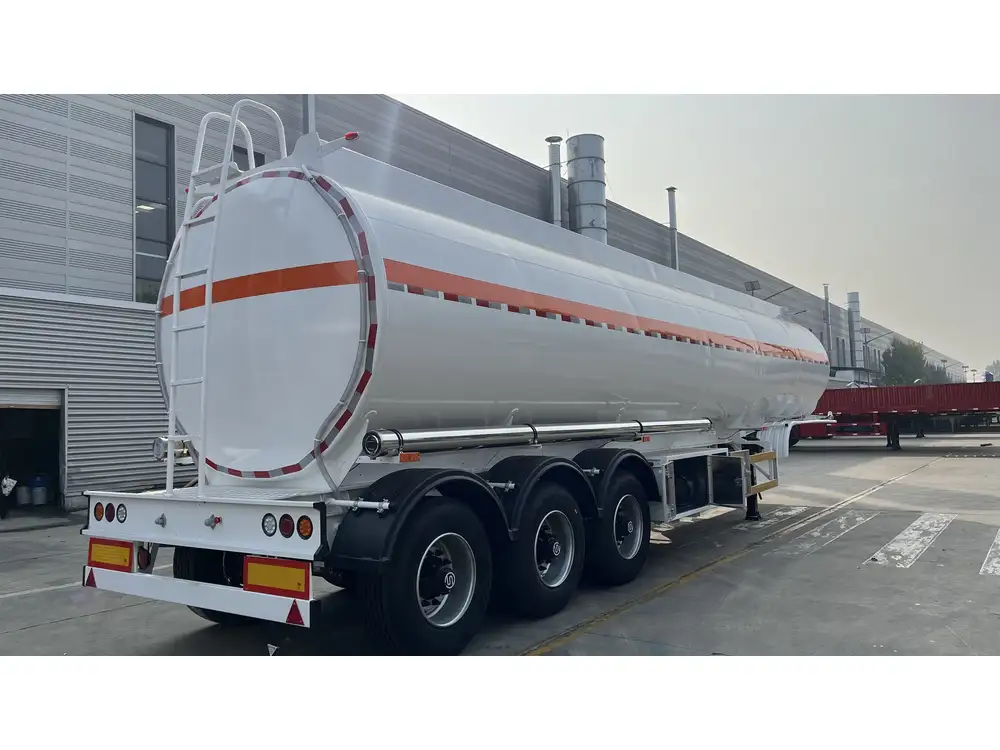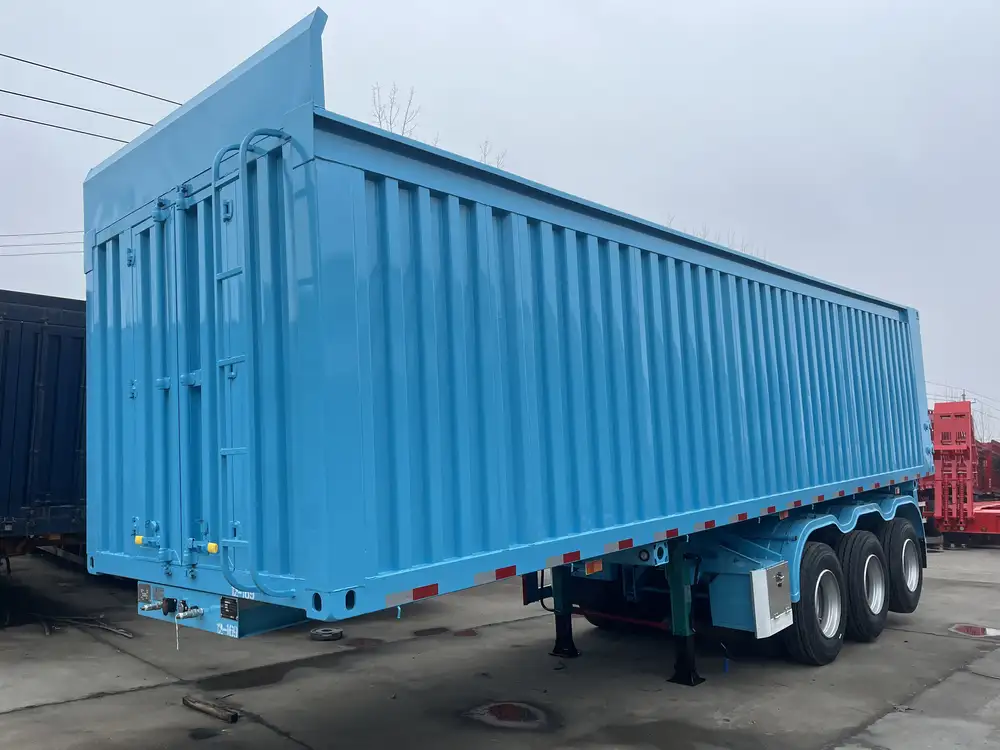Understanding the Anatomy of a Semi-Trailer Truck Rim
To comprehend the purpose of spokes on semi-trailer truck rims, it’s essential to delve into the anatomy of these critical components. Semi-trailer trucks consist of various parts that work in unison to ensure efficiency and safety. The rims, particularly those fitted with spokes, play a crucial role in the overall performance and durability of the vehicle.
The Composition of Truck Rims
Rims in semi-trailer trucks typically encompass two main parts: the rim itself and the hub. The rim is where the tire mounts, while the hub connects the wheel to the axle. The incorporation of spokes into the rim structure is a deliberate engineering choice aimed at enhancing resilience and functionality.

Table: Rim Components Breakdown
| Component | Description |
|---|---|
| Rim | Outer part where the tire is mounted |
| Hub | Central part connecting the wheel to the axle |
| Spokes | Thin rods radiating from the hub to the rim |
The Functionality of Spokes: Why They Matter
Weight Distribution and Structural Integrity
One of the primary reasons semi-trailer trucks feature spokes is to improve weight distribution. Spokes act as supports that help maintain the structural integrity of the wheel under various loads.
When a semi-trailer truck is loaded, the weight can fluctuate drastically, particularly during sharp turns or heavy braking. The spokes distribute this stress evenly across the rim, minimizing the risk of deformation.

Improved Load Capacity
The presence of spokes enhances the load capacity of semi-trailer rims. Companies that manufacture these trucks understand that they must transport heavy cargo safely and effectively.
Spoked rims can handle more stress without compromising structural integrity, allowing the vehicle to function optimally under heavy loads. Alternatively, traditional solid rims may not remain stable with the increasing levels of stress associated with heavy hauling.
Temperature Regulation
Semi-trailer trucks often operate under strenuous conditions that generate significant heat. The design of the spoke rim allows for improved heat dissipation in various ways.
As the brakes are applied, the friction generates heat. Spokes promote airflow around the rim. This airflow aids in cooling components, enhancing the longevity of the tires and other wheel parts.
Aesthetic Appeal and Customization
Beyond functionality, spoked rims offer aesthetic advantages. The design options available enable manufacturers to customize the look of their vehicles, catering to various branding and functional needs.

Versatile Use in Different Environments
Spoked rims are not only beneficial for regular highways but also provide advantages when traversing off-road or rugged terrains. Their structural design allows for better handling and resilience regardless of the driving conditions.
Comparison of Rim Designs
Spoked Rims vs. Solid Rims
Understanding the distinctions between spoked and solid rims reveals critical insights into their appropriateness for specific trucking applications.
| Feature | Spoked Rims | Solid Rims |
|---|---|---|
| Weight Distribution | Excellent load distribution | Limited distribution |
| Heat Dissipation | Superior airflow for cooling | Poor airflow, prone to overheating |
| Load Capacity | Higher load-bearing capability | Limited load capacity |
| Aesthetic Options | Varied design choices | Generally uniform aesthetic |
| Customization | Easily customizable | Limited customization |

Expert Insights on Spokes and Rims
What Industry Experts Say
Leading professionals in the transport industry point out that spoked rims contribute significantly to the overall safety and efficiency of semi-trailer trucks. While solid rims may have their applications in lighter commercial vehicles, spokes on semi-trailer rims provide benefits aligned with heavy-duty usage.
Experts emphasize that investing in quality spoked rims can lead to lower maintenance costs over the truck lifecycle. Reduced wear and tear translates to fewer replacements, directly benefiting both profitability and operational efficiency.
Maintenance Considerations for Spoked Rims
Though spoked rims present numerous advantages, they must be maintained to ensure optimal performance continually. Here are some essential tips for maintaining these vital components:
- Regular Inspections: Periodically examine the rims for signs of wear, rust, or damage.
- Pressure Checks: Ensure the tires maintain the correct pressure to prevent undue stress on the spokes.
- Cleaning: Remove debris that can accumulate between spokes, which can lead to rust over time.
- Professional Servicing: Consult with professionals for quarterly or biannual inspections to analyze the overall condition of the rims and spokes.

Addressing Common User Concerns
The Strength of Spoked Rims
One common concern regarding spoked rims is their perceived fragility. While it may seem that thin spokes could compromise strength, in reality, modern engineering techniques have enhanced their durability significantly. The alloy materials used today lend themselves to greater resilience, ensuring that all spoke rims are capable of withstanding extreme conditions.
Pricing Differences: Spoked vs. Solid Rims
There is often a price discrepancy between spoked and solid rims. This can lead potential buyers to question whether the additional investment in spoked rims is justified.
- Cost Factors: Consider what you’re hauling. Higher-priced loads may necessitate safer, more resilient spoked designs.
- Long-Term Savings: The longer lifespan and lesser tractor-trailer downtime can contribute to substantial savings in operations in the long run.

Innovations in Semi-Trailer Rim Technology
Advanced Materials
The current trend in semi-trailer rim manufacturing is the exploration of advanced materials. Carbon composites and lighter alloys are becoming more prevalent due to their strength-to-weight ratio, thereby enhancing rim performance while reducing overall weight.
Smart Rim Technology
The introduction of smart technology is set to revolutionize semi-trailer rim capabilities. Sensors integrated into spokes can monitor tire pressure, temperature, and wear, subsequently alerting drivers of issues before they escalate.

Future Trends in Design
As the trucking industry continues to evolve, several trends are emerging within rim design and functionality:
- Eco-Friendly Materials: Manufacturers are focused on creating sustainable products to lessen their environmental footprint.
- Modular Designs: Innovations in modular rim systems allow for easy replacements and upgrades when necessary.
Conclusion: The Significance of Spoked Rims in Semi-Trailer Trucks
In summary, the presence of spokes on semi-trailer truck rims is not only a functional necessity but an embodiment of modern engineering principles targeting durability, efficiency, and safety. Understanding the intricacies of spoked rims from their construction to maintenance will empower truck operators and manufacturers alike to make informed decisions.
By recognizing the multitude of benefits that spoked rims supply, including improved load capacity, heat dissipation, and aesthetic customization, industry players can ensure their fleets remain competitive and reliable. As technology continues to advance, the evolution of rim design will be one to watch closely, promising even greater capabilities for future operations.



